Five-Minute Meeting: Working Around Secondary Wires and Low Voltage Lines
Five-Minute Meeting: Working Around Secondary Wires and Low Voltage Lines
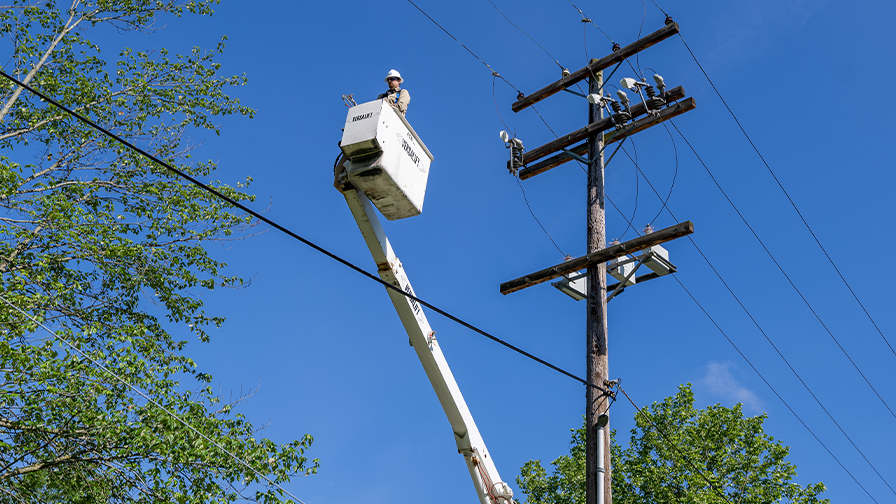 Five-Minute Meeting: Working Around Secondary Wires and Low Voltage Lines
Five-Minute Meeting: Working Around Secondary Wires and Low Voltage Lines
Though the American National Standards Institute (ANSI) Z133 allows us to “avoid contact” with secondary lines or those under 750 volts, we need to exercise caution around these lines because they carry lethal voltage.
Secondaries have lower voltage than primaries. We can distinguish them by their position on the pole, which is lower than the primary lines we trim. In many cases, secondaries have a wrap or weather stripping. This coating is never considered to be or be used as insulation. A hole the size of a needle in this coating allows electricity to travel through indirect or direct contact with the worker aloft.
Do not become complacent or “too comfortable” with secondary lines. We know that in many cases, a worker can contact these lines without a perceived effect. But the electricity is seeking a path to ground, whether we feel it or not. Touching a secondary is considered a “near miss” in this industry.
We avoid contact because that is what the minimum approach distance (MAD) says but consider this: every power outlet in your home is connected to one 120- or 240-volt line. Your television, toaster, lights, HVAC system, computer, kitchen appliances, outdoor outlets, and electric tools in the garage all run off this one line. A secondary may carry five or six times this much current. Do you want all that electricity coursing through your body? It takes 1/10 of an amp to start ventricular fibrillation and 10 amps to run a toaster. Your heart is worth a little extra care.
Don’t touch secondaries. Ever.
Related Articles
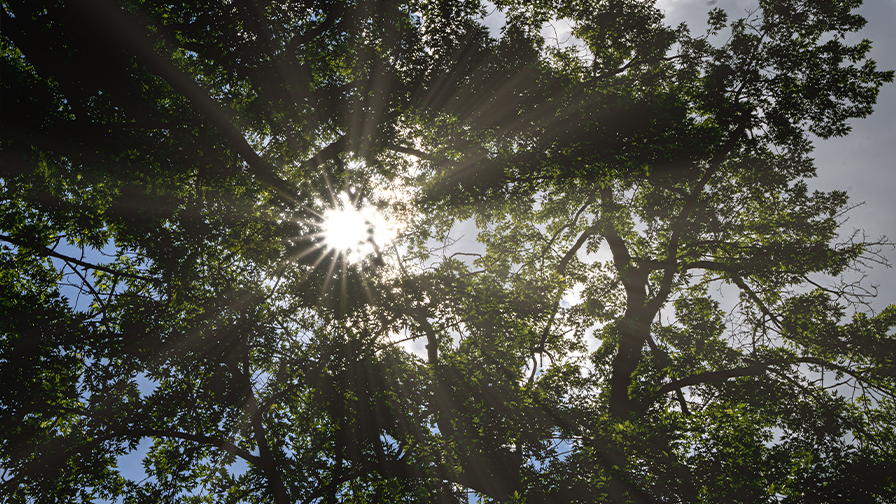
Five-Minute Meeting: Working Overhang When conducting pruning operations, even for small branches, the best practice is to remove branches in a “total branch control” manner using ropes or by reducing the size of the branch you are cutting into a much smaller piece. In a weekly kick-off safety meeting, a utility noted a situation that[...]
Read More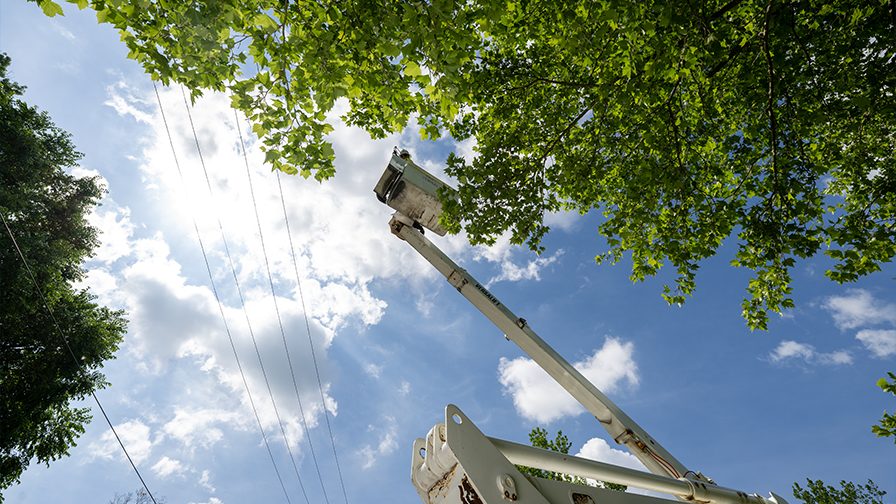
Aerial lifts cannot touch energized lines and arborists must be aware of minimum approach distance (MAD). Learn more.
Read More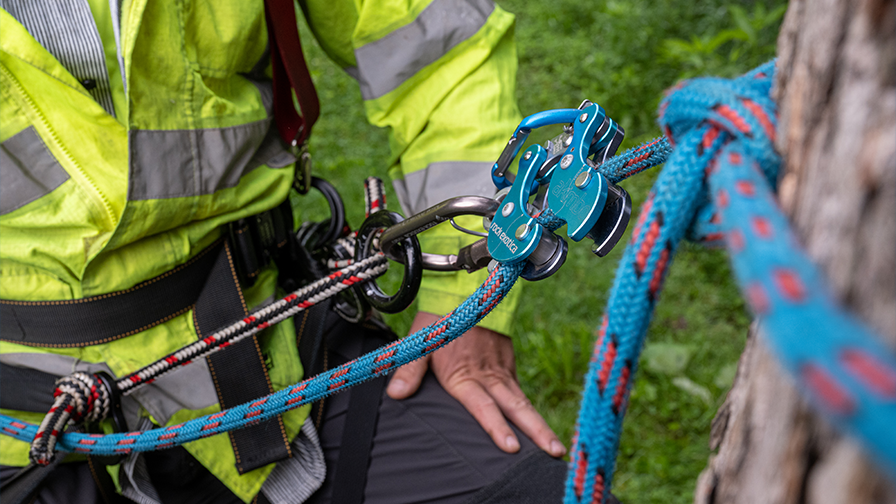
Wear, tear, and other damage to equipment can present safety hazards in the field. Equipment maintenance can prevent these safety hazards from arising and is essential for continued safe work with that equipment.
Read More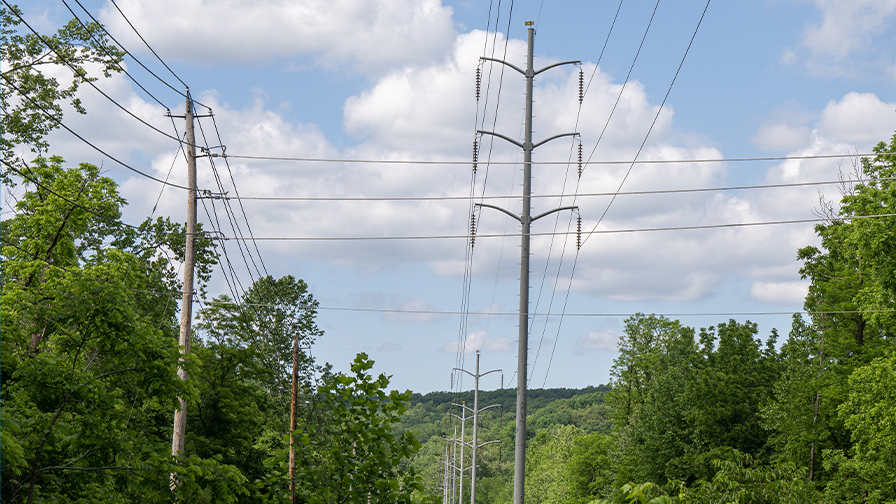
Secondary services can be neglected in UVM conversations, but it is important to know what they are, their dangers, and how to prevent injury and death.
Read MoreSUBSCRIBE
Subscribe to our mailing list to receive updates.
Categories
Recent Posts
- How-To: Learning Knot Basics 02th Aug 2018
- How-To: Tying a Stopper knot 07th Aug 2018
- How-To: Selecting the Right Safety Vest 21th Aug 2018
- How-To: Tying a Slip Knot 04th Sep 2018
- How-To: Inspecting Your Snaps 18th Sep 2018
Training the Next Generation
All our classes are built on industry safety practices. Ready to start learning?